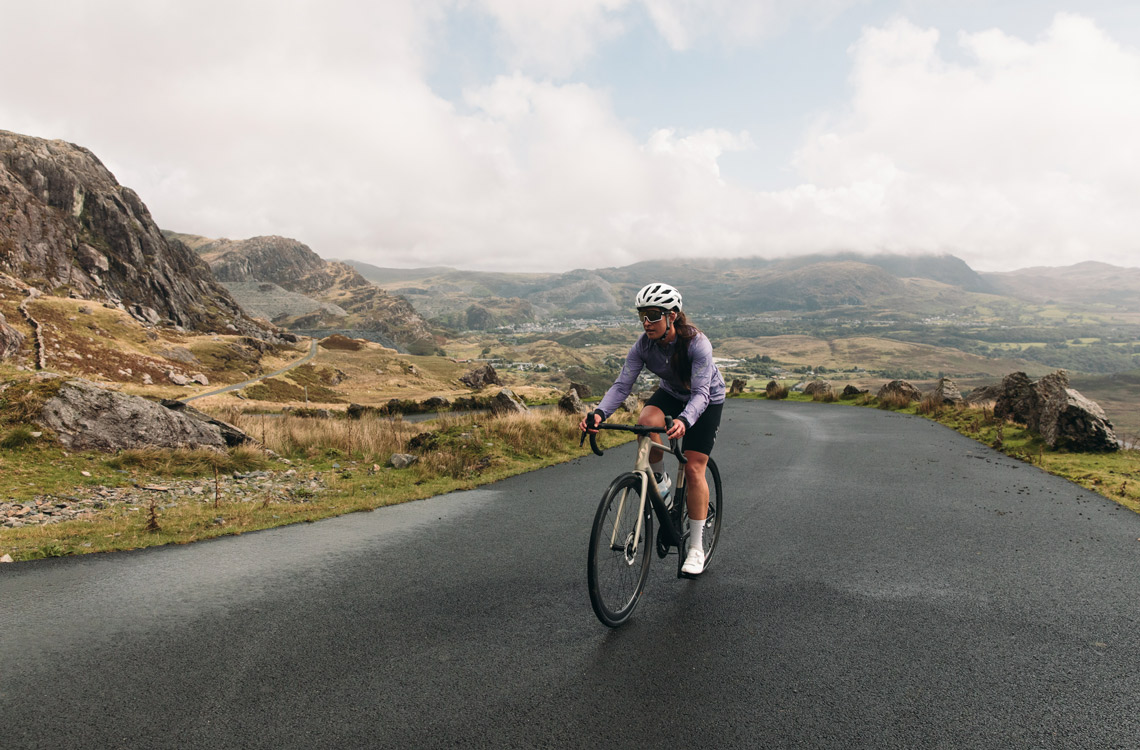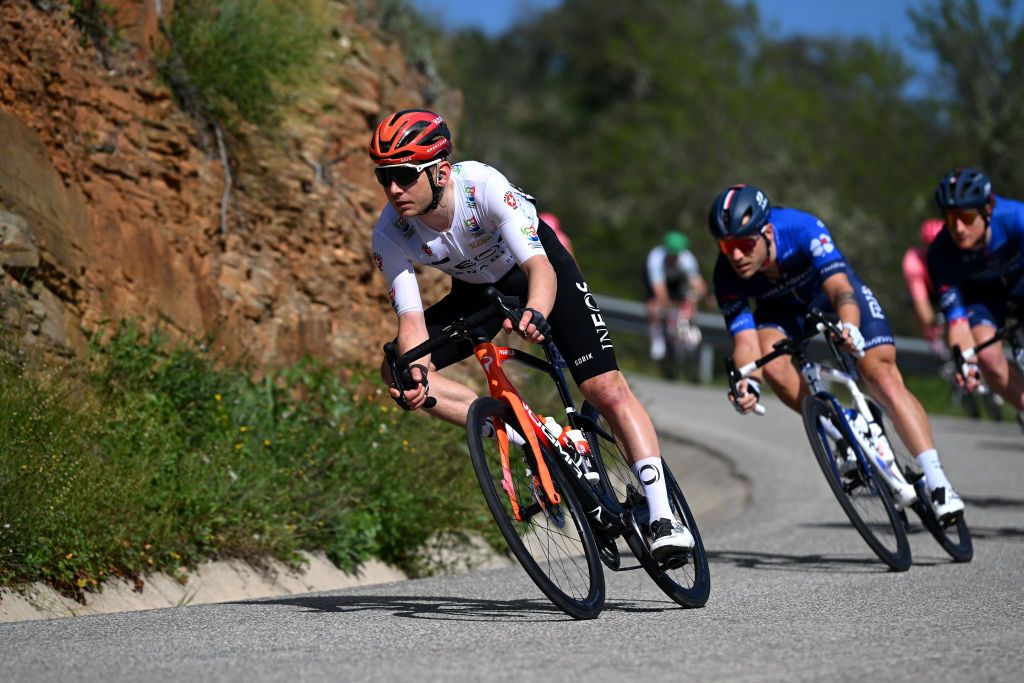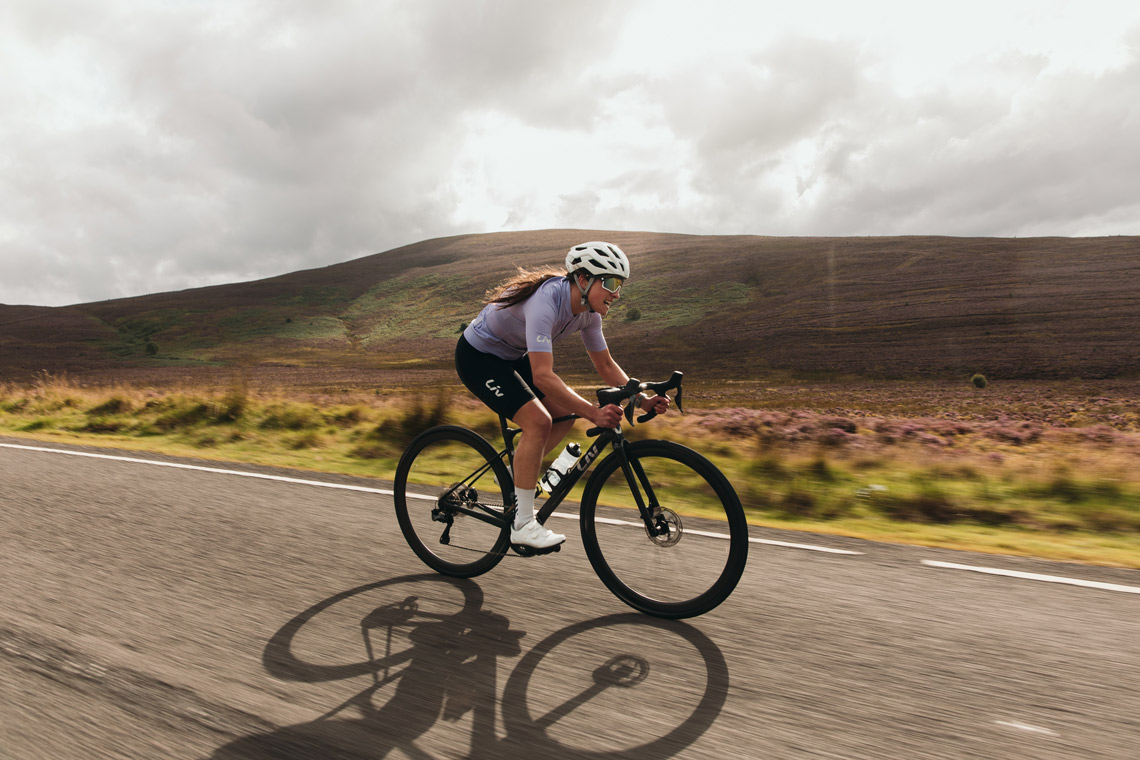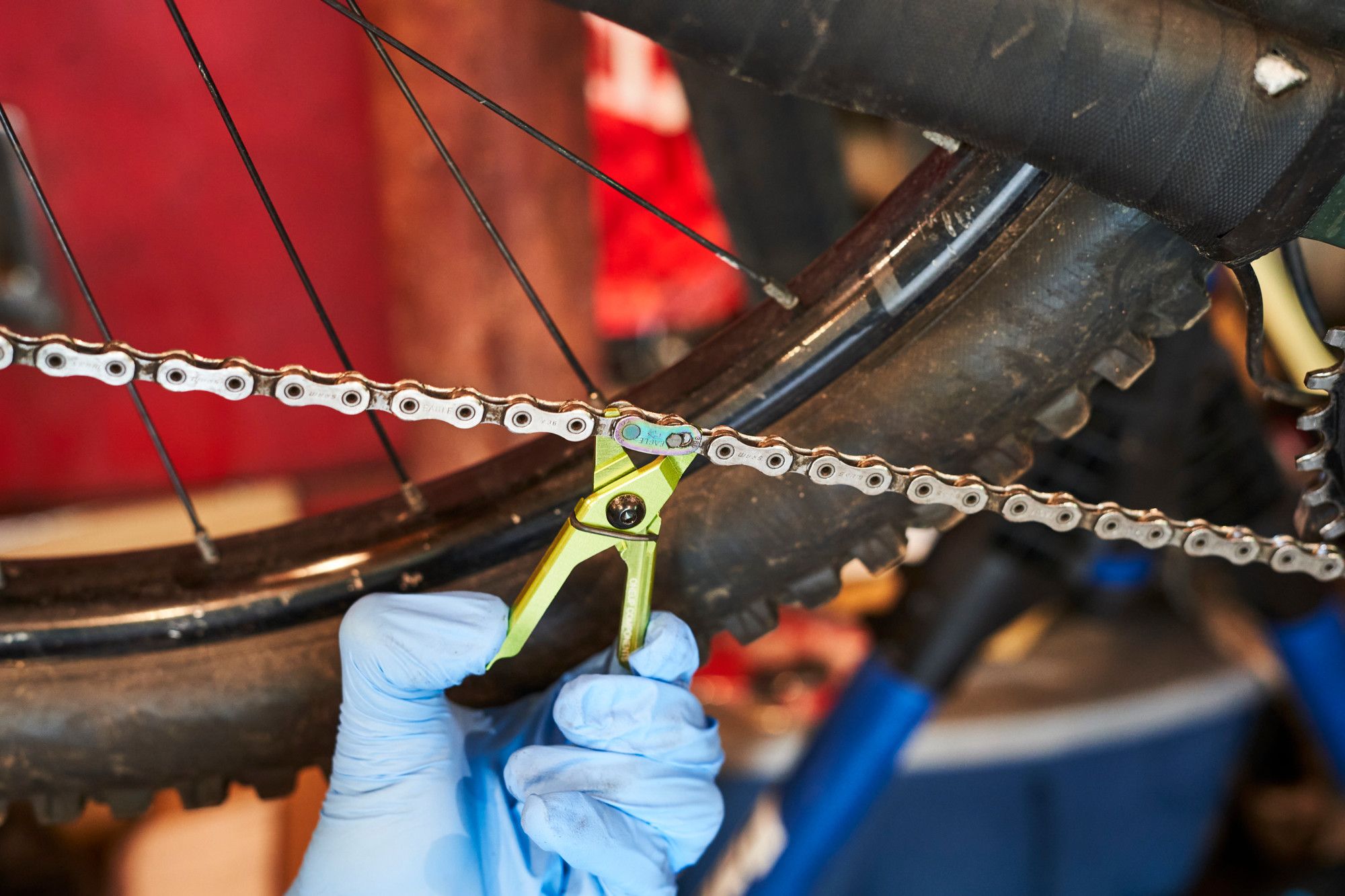Cycling is a sport that is as much about physical prowess as it is about precision and technique. At the heart of this delicate balance lies the concept of cadence, a crucial metric that can make the difference between a smooth, efficient ride and a labored, energy-draining one.
Cadence, simply put, is the rate at which a cyclist’s legs turn the pedals, measured in revolutions per minute (RPM). This fundamental aspect of cycling holds the key to unlocking greater speed, endurance, and overall riding performance. Whether you’re a seasoned cyclist aiming to optimize your training regimen or a beginner looking to establish a solid foundation, understanding the art of cadence can be a game-changer in your pursuit of cycling excellence.
In this comprehensive guide, we’ll dive deep into the world of cadence, exploring its significance, the factors that influence it, and the strategies you can adopt to master this essential cycling skill. Prepare to discover how fine-tuning your pedal stroke can propel you towards a more efficient, enjoyable, and rewarding cycling experience.
Cadence in cycling refers to the rate at which you pedal, measured in revolutions per minute (RPM). It is a crucial aspect of cycling performance, influencing speed, efficiency, and endurance. Understanding and optimizing your cadence can help you become a more effective and enjoyable cyclist.
The Importance of Cadence in Cycling
Cadence, often overlooked by novice riders, is a crucial element that can have a profound impact on your cycling performance, efficiency, and overall enjoyment of the sport.
Efficiency and Energy Conservation
Maintaining an optimal cadence can help you conserve energy, reduce muscle fatigue, and improve your overall efficiency on the bike, allowing you to ride longer and faster with less effort.
Increased Power Output
By finding your personal sweet spot for cadence, you can unlock greater power output, enabling you to tackle hills, accelerate, and sustain high speeds with greater ease.
Injury Prevention
Improper or excessive pedaling can lead to overuse injuries, such as knee pain or muscle strains. Understanding and practicing proper cadence can help you avoid these common cycling-related ailments.
Factors Influencing Cadence
Cadence is not a one-size-fits-all metric; it is influenced by a variety of factors, both personal and environmental, that cyclists must consider to optimize their performance.
Fitness Level and Experience
A cyclist’s fitness level and riding experience can significantly impact their preferred cadence, with more experienced riders often able to maintain a higher, more efficient pedal stroke.
Terrain and Riding Conditions
The terrain you’re riding on, as well as environmental factors like wind and gradient, can influence the optimal cadence to maintain power and momentum.
Bike Gearing and Resistance
The gearing of your bicycle and the resistance you encounter while pedaling can also play a role in determining the most effective cadence for a given situation.
Individual Biomechanics
Each cyclist’s unique body mechanics, muscle composition, and flexibility can contribute to their preferred cadence and the ability to maintain it comfortably over extended periods.
Determining Your Optimal Cadence
Finding your personal optimal cadence is a crucial step in optimizing your cycling performance and efficiency. By understanding the range of optimal cadence and the methods for determining it, you can unlock the full potential of your cycling abilities.
The Optimal Cadence Range
Research suggests that the optimal cadence range for most cyclists typically falls between 80 and 100 RPM, with the sweet spot often around 90 RPM.
Cadence Testing and Monitoring
Techniques like using a cadence sensor, tracking your RPM during various riding scenarios, and even seeking the guidance of a cycling coach can help you determine your individual optimal cadence.
Adjusting Cadence to Terrain and Conditions
Mastering the ability to adjust your cadence in response to changes in terrain, resistance, and environmental factors can help you maintain power and efficiency throughout your rides.
Strategies for Improving Cadence
Once you’ve identified your optimal cadence, the real work begins – developing the techniques and habits to maintain that rhythm consistently and effectively.
Cadence-Focused Training
Incorporating targeted cadence-building exercises, such as high-cadence intervals or steady-state riding at your optimal RPM, can help you ingrain the right pedaling habits.
Pedal Stroke Efficiency
Refining your pedal stroke through drills and technique-focused practice can enhance your overall cycling efficiency and make it easier to maintain your optimal cadence.
Bike Fit and Component Selection
Ensuring your bicycle is properly fitted to your body and equipped with the right gearing can significantly impact your ability to maintain your preferred cadence.
Mental Awareness and Discipline
Developing a heightened awareness of your cadence and the discipline to maintain it, even during demanding riding conditions, can be a game-changer in your cycling performance.
Conclusion: Unlocking the Power of Cadence
Cadence, the subtle yet powerful rhythm that drives the cycling experience, is a fundamental aspect of the sport that deserves the attention and mastery of every cyclist, from beginner to expert.
Through this comprehensive guide, you have gained a deep understanding of the significance of cadence, the factors that influence it, and the strategies you can employ to optimize your pedaling efficiency. By embracing the art of cadence, you’ll unlock a new level of performance, endurance, and overall enjoyment on the bike.
As you continue your cycling journey, remember the importance of this essential metric and the transformative impact it can have on your riding experience. Embrace the challenge of mastering your cadence, and let it be the foundation upon which you build your cycling prowess. Pedal with purpose, maintain your rhythm, and witness the remarkable improvements in your speed, power, and overall cycling experience.
Embracing the art of cadence is a game-changer in your cycling journey. By incorporating targeted cadence-building exercises, refining your pedal stroke, and ensuring your bike is properly fitted, you can ingrain the right habits and transform your riding experience. Maintaining mental awareness and discipline to sustain your optimal cadence, even in demanding conditions, will further enhance your cycling prowess.
Cadence is a key aspect of cycling performance that can significantly impact speed, efficiency, and endurance. By understanding your optimal cadence and incorporating cadence drills into your training, you can unlock your cycling potential and enjoy more effective and enjoyable rides. Experiment with different cadences and find what works best for you, considering your fitness level, terrain, and personal preferences.



